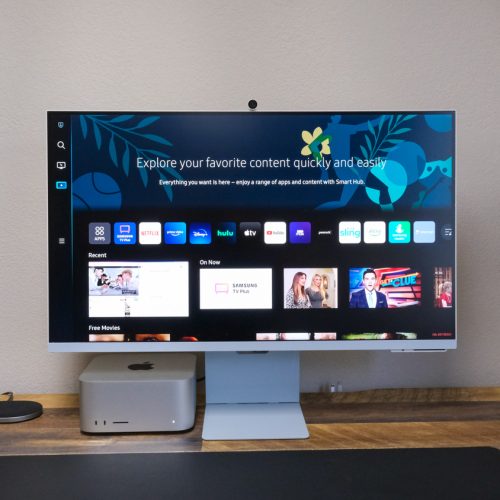The IRS isn’t cutting anyone a new stimulus check anytime soon. The tax agency is, however, preparing to implement a controversial change to its operation as soon as this summer. One that’s been said to essentially herald, as you by now have probably seen people decrying on social media, the arrival of IRS facial recognition.
If you have an online account with the tax agency, you’ve already encountered this message. It’s right there when you log in: “If you have an existing IRS username, please create a new ID.me account as soon as possible. We’re bringing you an improved sign-in experience. You won’t be able to log in with your existing IRS username and password starting in summer 2022.”
IRS facial recognition
ID.me is the IRS’ “trusted technology provider,” the agency’s message continues, in helping “to keep your personal information safe.”
Between now and an as-yet-unspecified date this summer, people with an online IRS account can still use their existing credentials to log in. ID.me is a third-party service where the IRS wants you to set up an account. An account that, importantly, will be linked to your IRS profile. Which is to say, the idea is that you’ll visit the IRS website, input your ID.me credentials, and then log in to the IRS site as normal where you can then see your account and make payments.
The ID.me account creation process, though, can be a little intense.
Full disclosure: I’ve already set up my ID.me account, and it took me less than 10 minutes. The service required a front-and-back photo, taken via my smartphone, of a particular government document (you can choose to use your passport, driver’s license, or the like). I also had to input my social security number. And ID.me also required me to submit a live selfie, which the service matched against the government document I uploaded.
Set up multi-factor authentication, and then that’s pretty much it. For some people, however, the selfie matching process failed. And they had to continue on to an additional step — a live video call in order to prove who they say they are. Cybersecurity journalist Brian Krebs was one of those people, and he documents that process here.
ID.me IRS login

When you’re all done, you get a pretty straightforward email from ID.me. “You’re receiving this email because you verified your identity with ID.me on (the date you completed the account setup) in order to access benefits and services with The Internal Revenue Service.”
The implications of all this, of course, are much less straightforward.
For starters, why do Voter ID laws turn into knock-down, drag-out political battles, but forcing me to give a third-party company my ID documents and a facial scan in order to use my online IRS account doesn’t generate a peep from lawmakers?
Also, the word “select” feels like it’s doing a lot of work in this sentence: “ID.me assures users signing up for an account that it doesn’t trade, sell, or lease data to any third parties, though it does share some data with “select partners'” (full article available here).
There is, meanwhile, one additional bit of nuance to address.
Will everyone have to set up an ID.me account?
The answer to that question requires you to actually be a little more specific. Will everyone who wants to look at their tax information online — and to pay things like estimated taxes online — have to do this?
Yes.
Is there an alternative to filing your tax return and paying your taxes without going through the ID.me account setup process?
Again, yes. It’s called … the old-fashioned way. It’s much less convenient, but there’s nothing stopping you from filing a paper return and sending in a paper check to the government.









